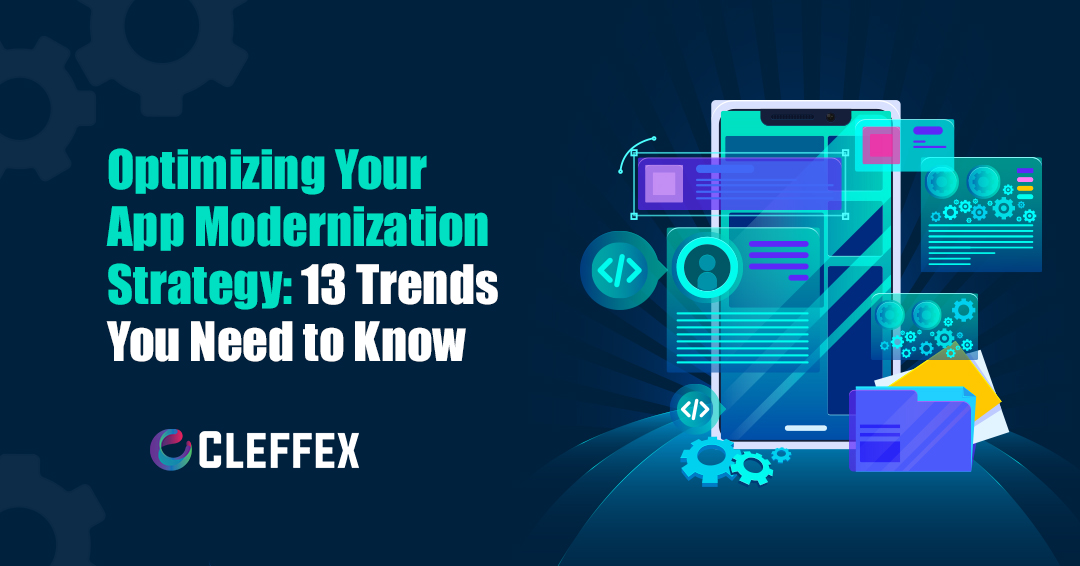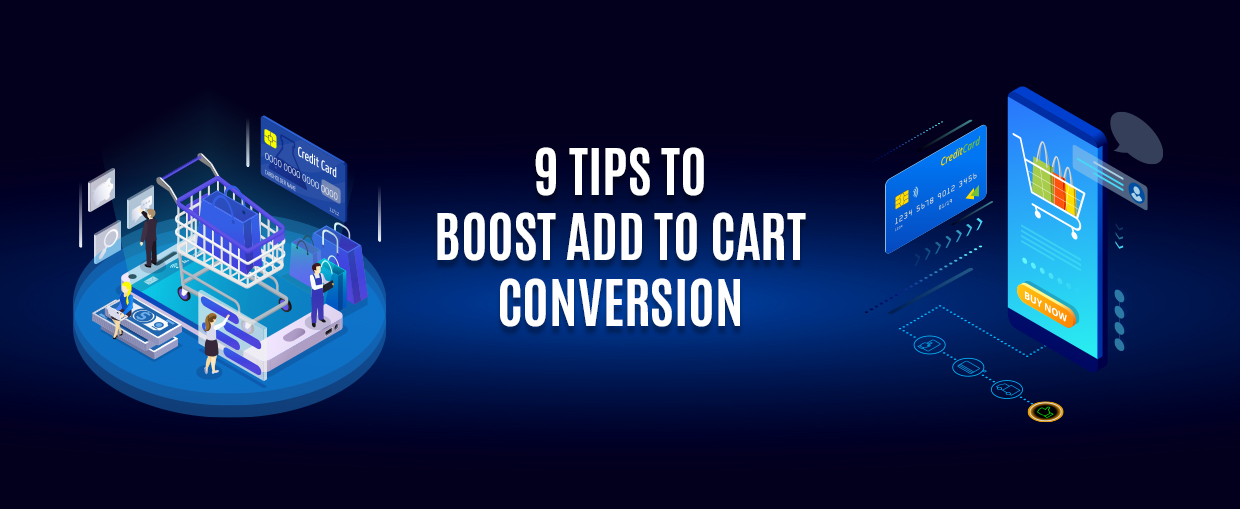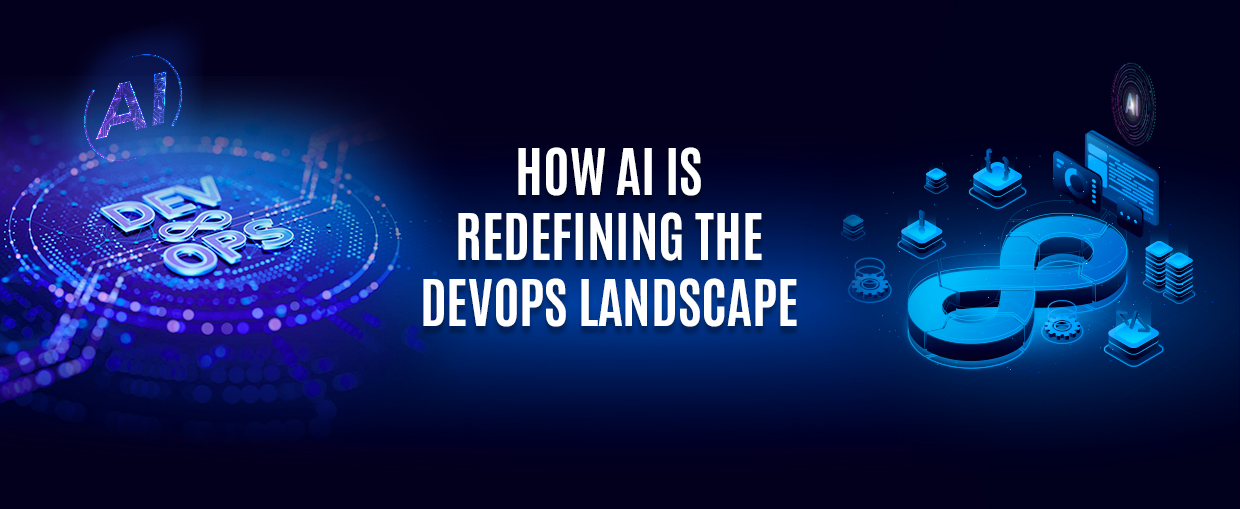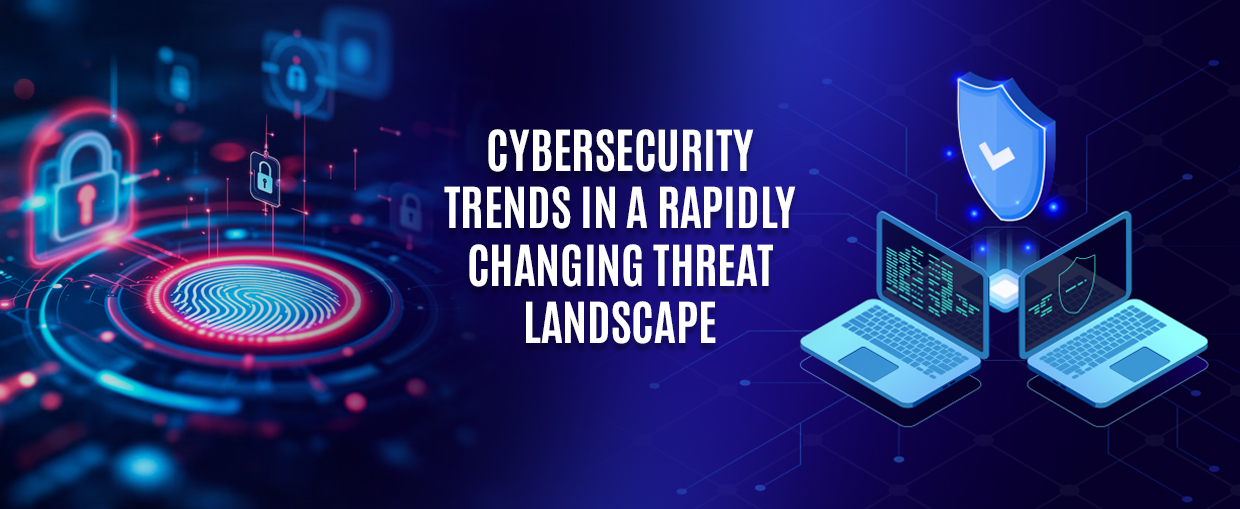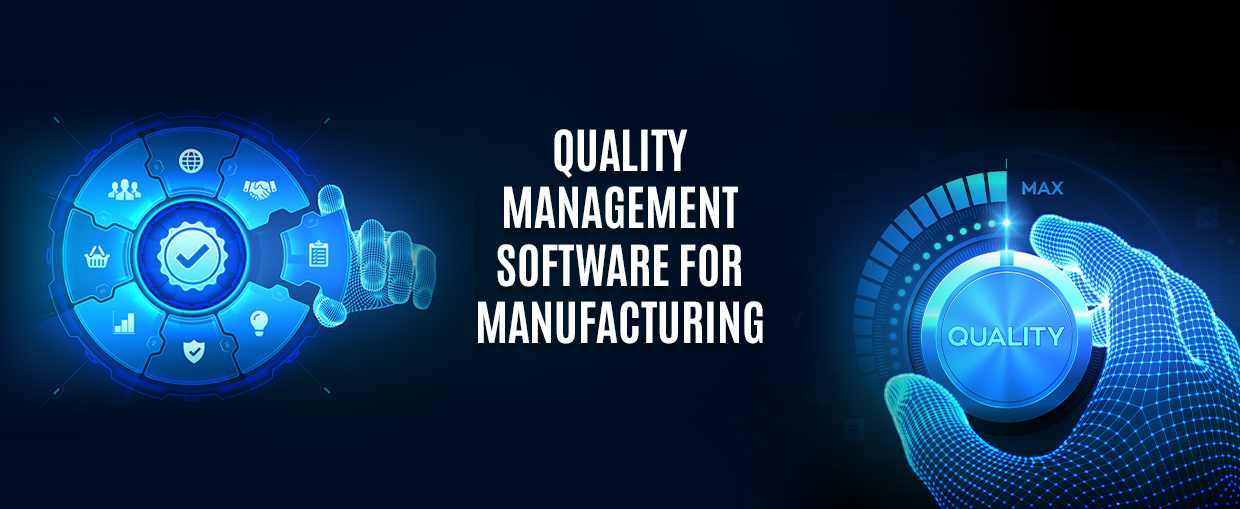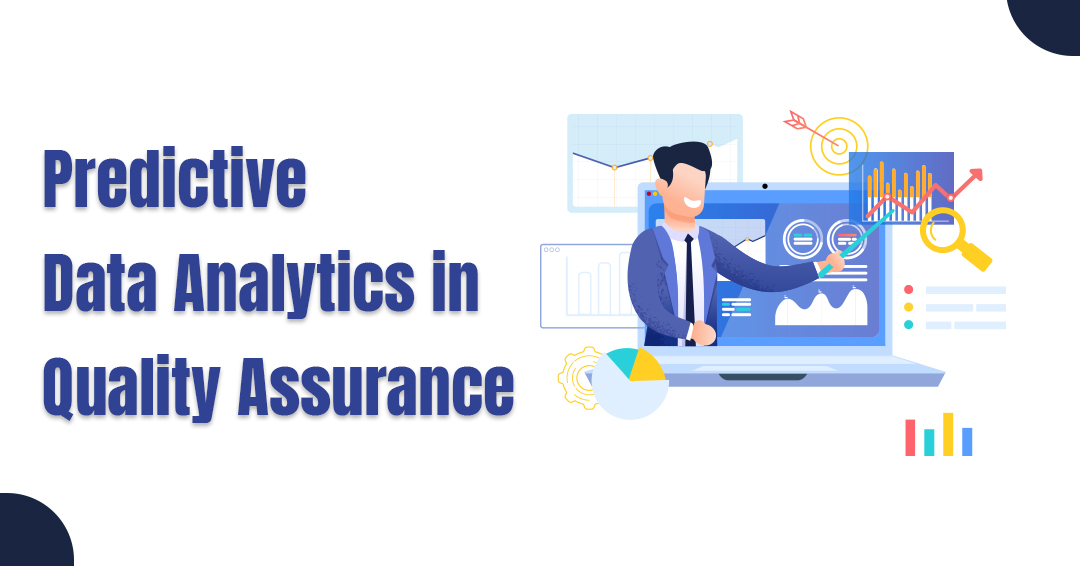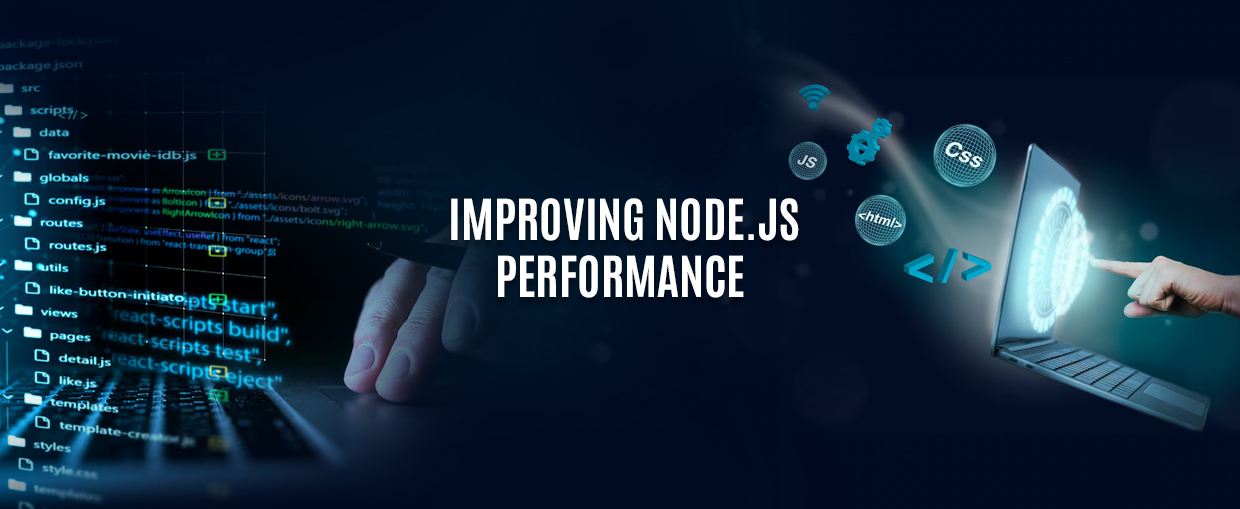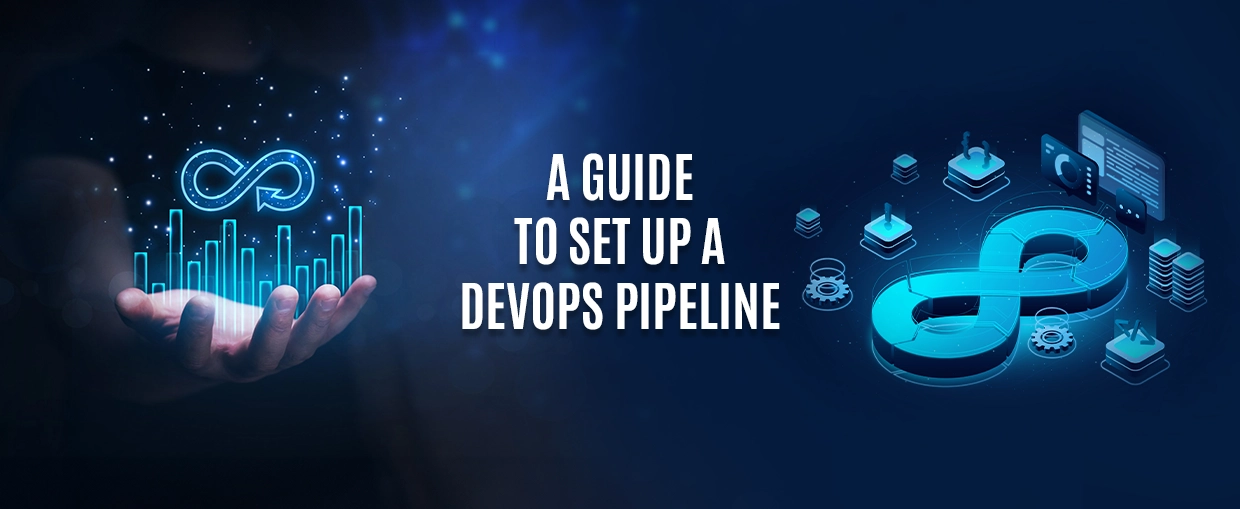IT thought leaders are always introducing new technology and practices for application modernization. It is important to stay informed of the 13 latest app modernization trends and evaluate if they are a good fit for your organization’s modernization strategy. While not all trends need to be included in your roadmap, it is crucial to be aware of all available technologies. Ultimately, decisions on which technologies to adopt will depend on budget and IT resources.
In order to operate a successful digital business, it is important to modernize applications. Legacy systems or those with outdated components can hinder a company’s ability to adapt to customer needs and operate efficiently. Legacy apps often struggle to integrate with other applications, making app modernization a continuous process.
App development and app modernization go hand in hand as businesses strive to keep up with evolving user needs and industry trends by creating new applications or upgrading existing ones. It is crucial to keep up with the latest trends in app modernization to maintain a powerful, flexible, and scalable infrastructure, which can be achieved by studying the strategies of leading companies. Adopting some of the latest app modernization technologies may also be necessary.
App Modernization Trends
The latest app modernization trends focus on automation, Artificial Intelligence, and containerization to enhance scalability, cost-effectiveness, and operational efficiency.
Here is a list of the top 13 app modernization trends.
13 Leading Trends in App Modernization
To create an effective app modernization roadmap and strategy, it’s crucial to survey the current IT infrastructure landscape and understand how other businesses are modernizing their systems. While not all of these modernization trends may be necessary for your organization, it’s important to be aware of them and select the ones that are appropriate and beneficial for your specific needs.
1. Low-code and No-code Development
The popularity of low-code and no-code development is on the rise as it enables individuals with limited programming skills to develop basic software applications. According to a recent study, by 2025, 70% of apps will be created using low-code or no-code development. This development approach is essential for app modernization trends because it provides several advantages.
Low-code and no-code development offer various benefits to app modernization trends.
Firstly, it enables faster innovation as stakeholders can create the desired application themselves and have developers refine and improve it. Secondly, there is currently a shortage of developers, and low-code and no-code development can help streamline programming tasks. Additionally, experienced developers can use it to support their efforts when creating basic applications or simpler elements of more complex applications, freeing up development resources for more complicated tasks. Although these approaches may not produce the cleanest code, they can save time and help organizations modernize more quickly. Nonetheless, it’s essential to have professional software developers review the code produced by these approaches.
2. Cloud- Native Development
Cloud-native apps are becoming increasingly popular, and IDC predicts that by 2024, 90% of all apps will be cloud-native, built using microservices technology. These apps offer various benefits, such as the ability to create flexible software development solutions that can be continuously improved. This is crucial for ongoing app modernization.
Other advantages of cloud-native applications include faster market delivery of new versions and updates, cost efficiency, flexibility, improved reliability, and enhanced customer experience and satisfaction. However, it’s worth noting that public cloud data is less secure than data stored on private servers or clouds, making it vulnerable to security breaches. Nevertheless, hybrid cloud technology offers a solution, particularly for organizations that deal with highly sensitive data.
3. Hybrid Cloud Technology
For businesses that face severe consequences from security breaches and where officers may be held accountable both financially and criminally, the hybrid cloud can be a viable option. This approach combines the favorable attributes of public clouds with privately-owned servers and private clouds.
Hybrid clouds employ advanced technologies like edge computing, which enable processing of sensitive data locally. For instance, some companies utilize AI to monitor seniors in long-term care facilities and alert staff in case of a potential fall. To protect residents’ privacy, such businesses can use edge computing to process the video on the device itself instead of transmitting it over the cloud, where hackers could intercept it.
4. Progressive Web Applications (PWA)
One of the benefits of Progressive Web Applications (PWAs) is their compatibility with any device that supports an internet browser, be it a desktop or mobile device. PWAs come with a range of advantages, including faster loading times, superior performance, lower data consumption, prompt updates, and broad accessibility.
5. Personalization & Data Tracking
One of the major trends in app modernization is personalization, also referred to as the Internet of Behavior. It involves the collection and analysis of vast amounts of data to generate valuable insights about customers and business operations. This data can come from various sources such as CRM software and ERP systems, and can provide information about sales, patterns, and other relevant factors. By leveraging these insights, companies can customize and enhance the experience for both their internal and external customers.
6. Leverage Artificial Intelligence (AI), Machine Learning (ML) based apps, Data Caching, & High-Performance Computing
According to a recent report the use of Artificial Intelligence (AI), Machine Learning (ML), high-performance computing, and data caching is expected to increase by 20% over the next two years, and these technologies are playing a crucial role in app modernization. By leveraging AI and ML, companies can predict customer needs and automate complex operational tasks that were previously time-consuming. To process large amounts of data quickly, high-performance computing and data caching are essential and work together with these technologies.
7. Legacy Infrastructure: Re-platforming, Re-factoring, & Re-purchasing
Re-platforming involves upgrading all essential components of a system using cloud migration methods, without changing the core code or underlying architecture. Refactoring, on the other hand, entails containerizing system applications and their workloads and transitioning them to a serverless architecture while still maintaining the original code. Finally, repurchasing refers to the shift from one-time purchases to apps with recurring licenses, known as the Software-as-a-Service (SaaS) model.
8. Kubernetes-focused Containerization
Kubernetes is a system that allows applications to be containerized, making them more flexible, scalable, and easier to deploy. It is an open-source tool that has become highly popular, and even companies like Amazon Web Services (AWS) offer Kubernetes-based solutions to enable their customers to efficiently manage container applications on a large scale.
9. Adopting DevOps approach
DevOps is a management model for IT initiatives that promotes collaboration between IT teams and other departments within an organization, making it well-suited for app modernization. By working closely with key stakeholders from various departments, developers can better align their efforts with the company’s overall business needs.
Automation is a significant aspect of DevOps, which includes Continuous Integration & Continuous Delivery (CI/CD) processes, Microservices, and efficient information exchange. The model aims to identify and eliminate communication gaps and productivity bottlenecks, ultimately leading to faster deployments, higher quality, and increased flexibility.
10. Composable Architecture
Composability is a strategy that involves restructuring a system’s architecture to combine different components based on user needs. Companies can apply this approach to their entire tech stack, incorporating it into all of their established business processes.
By embracing a composable architecture, companies can benefit from:
- Increased flexibility and agility
- Faster deployment times
- Greater ability to reuse components, reducing duplication of data
11. Micro Front-End Modernization
Micro front-end modernization refers to the process of updating individual components and technologies to accelerate app modernization. This approach involves reusing application elements from other modernization projects that have similar features and requirements. This helps save time and resources since software teams do not have to create everything from scratch.
12. Hardware Infrastructure Modernization
App modernization involves updating legacy hardware infrastructure by replacing old, on-site systems with modern, cloud-based, or hybrid infrastructure. Legacy systems are often unreliable, difficult and expensive to scale, slow, unstable, and less secure.
A modernized infrastructure offers several benefits, including improved performance with state-of-the-art processors, expanded memory, and greater storage capacity at a lower cost.
Cloud-based infrastructure is more scalable and can easily expand to support high traffic during peak hours, with capacity that adjusts as the business grows. Teams can work in parallel and bring products to market faster with modern hardware infrastructure. Automated monitoring and technology like CI/CD improve stability, and a modernized infrastructure with updated applications provides better security compared to legacy systems.
13. AI chatbots
A recent study showed that despite customers preferring human interaction, the use of AI chatbots resulted in a 67% increase in online sales for companies that employed them. This app modernization trend offers an impressive return on investment as one AI chatbot can replace the work of many customer service representatives for basic tasks. However, for more complex tasks, human representatives are still necessary. The AI chatbots used in this trend are not the traditional rule-based ones that follow a script. Instead, they use machine learning technology, such as the one used in ChatGPT, to continually learn and improve based on interactions with customers, making them more efficient over time.
Conclusion
Performing app modernization on a large scale is a complex process that involves various components, requiring a strategic approach and the allocation of appropriate resources. However, many in-house software development teams lack experience in handling such overhauls.
Collaborate with our reliable software development company that provides top-notch app development services to help you out! Also, if you want to hire developers who have been carefully selected to meet your specific project requirements, get in touch with us!

